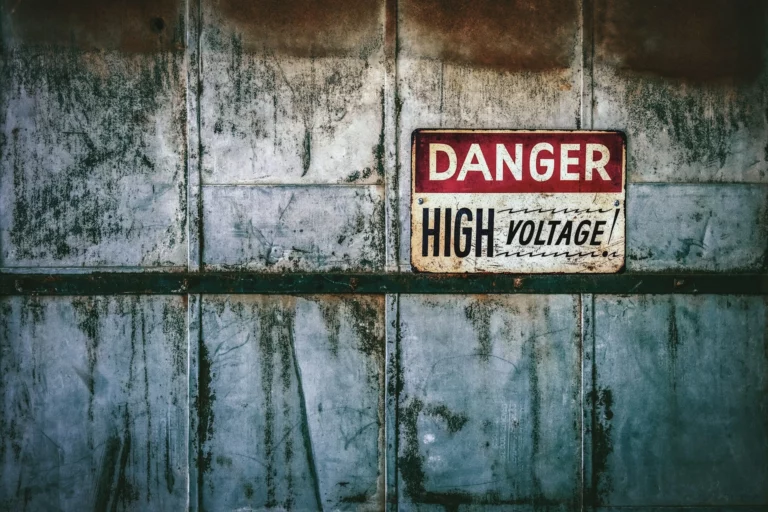A good risk assessment should be integral to your planning process and can actually save you time and money.
While no risk assessment can foresee every scenario, a robust one ensures you’re prepared to handle any outlier incident should it occur!
See our tips for a successful plan – what to think about, how to approach it and key steps.
1.Identify and Define Risks Clearly:
- Begin by listing all potential risks associated with the task, project, or situation. These could include physical, financial, environmental, or operational risks.
- Clearly define each risk, detailing its nature, potential consequences, and the likelihood of occurrence. Use specific language to avoid ambiguity. Think who, what, why where, when.
2. Assess the Severity and Likelihood:
- Evaluate the severity of each identified risk by considering the potential impact on the project, people involved, or the organization e.g. what is the severity of a rain storm for your carpark – this depends on the amount of rain and what the ground conditions are like!
- Assess the likelihood of each risk occurring. This helps prioritise risks and focus resources on those with the highest potential impact e.g. how likely is it to rain?
3. Develop Mitigation Strategies:
- Once risks are identified and assessed, outline strategies to mitigate or control them. Consider preventive measures to reduce the likelihood of the risk occurring and contingency plans to manage the consequences if it does.
- Clearly outline who is responsible for implementing each strategy and establish a timeline for their execution.
4. Consider Legal and Regulatory Compliance:
- Ensure that your risk assessment takes into account relevant legal and regulatory requirements. This includes health and safety regulations, environmental laws, and any industry-specific standards.
- By addressing compliance issues in your risk assessment, you can avoid legal complications and demonstrate a commitment to responsible business practices.
5. Regularly Review and Update:
- Risks evolve over time, so it’s essential to regularly review and update your risk assessment. Changes in project scope, external factors, or the business environment can introduce new risks or alter the severity of existing ones.
- Set up a schedule for regular reviews and updates, and involve relevant stakeholders to ensure the assessment remains current and effective.
Remember that communication is key throughout the risk assessment process. Involve relevant stakeholders, gather input from team members, and ensure that everyone is aware of the identified risks and the strategies in place to address them. Regular communication helps foster a proactive risk management culture within your organisation.


